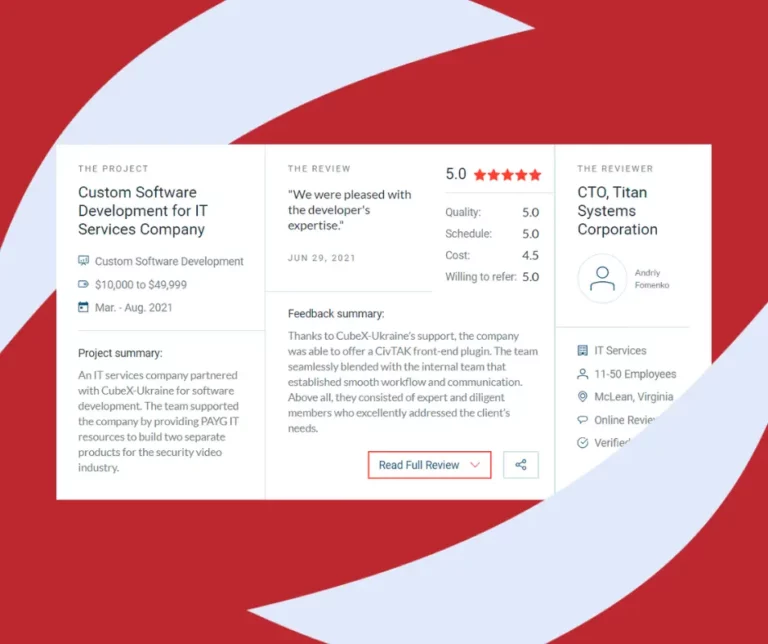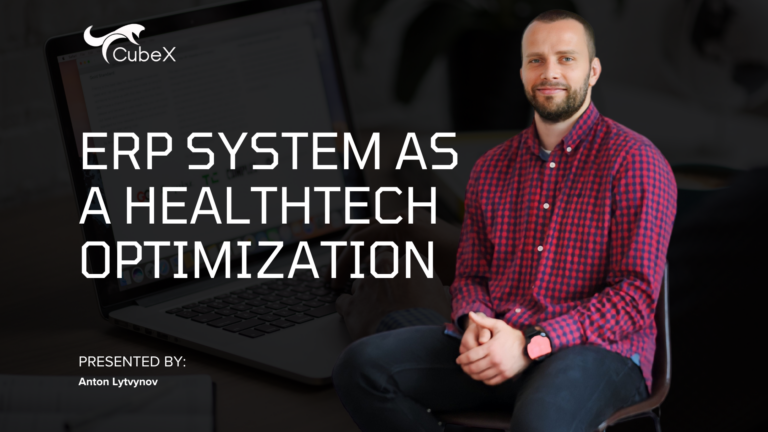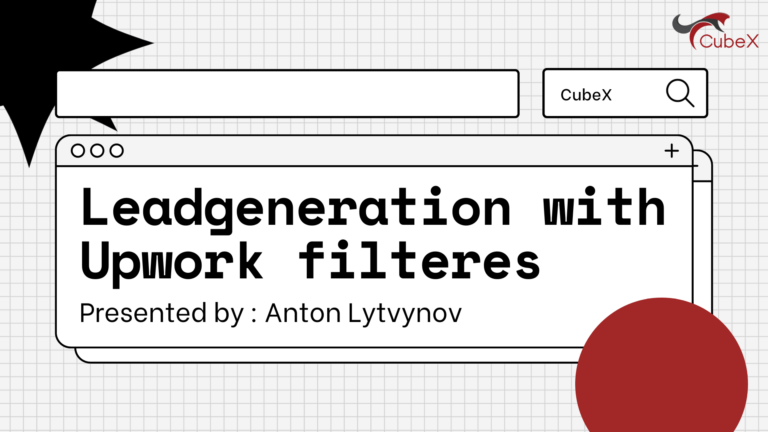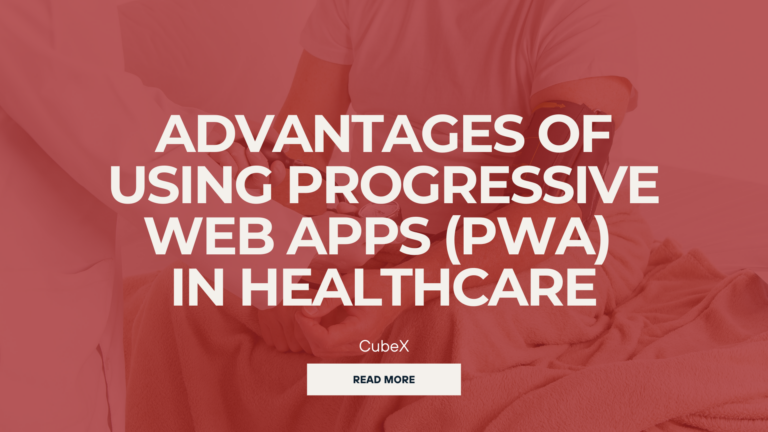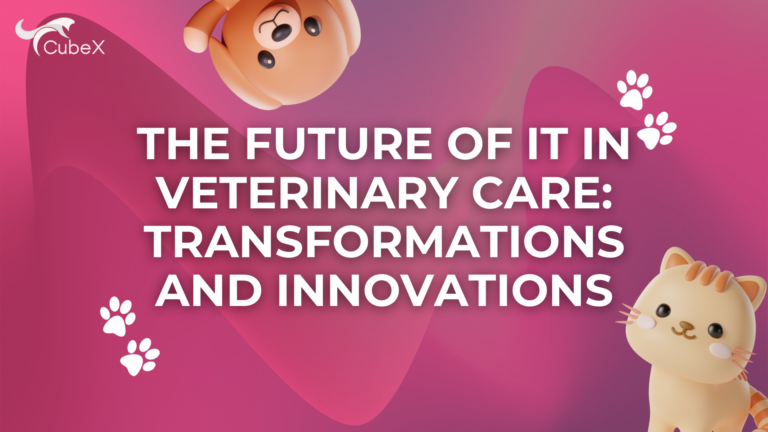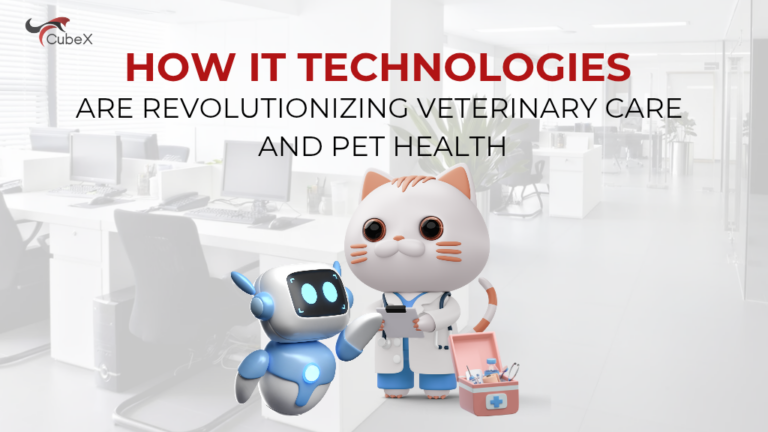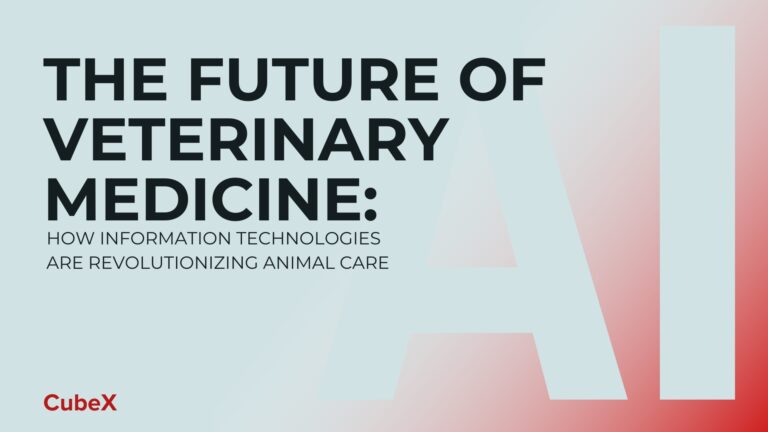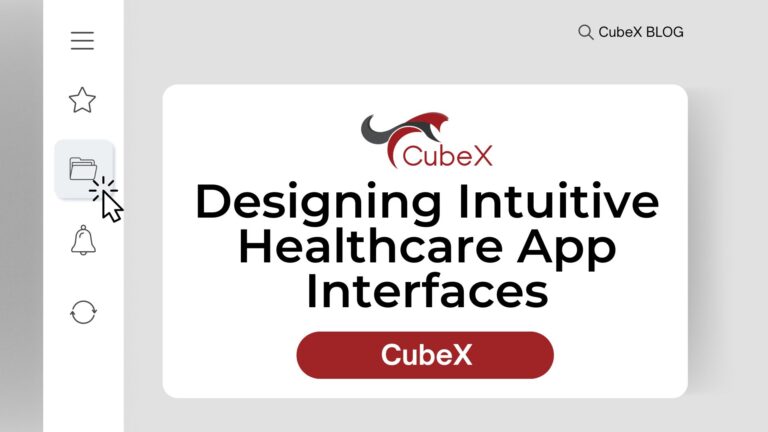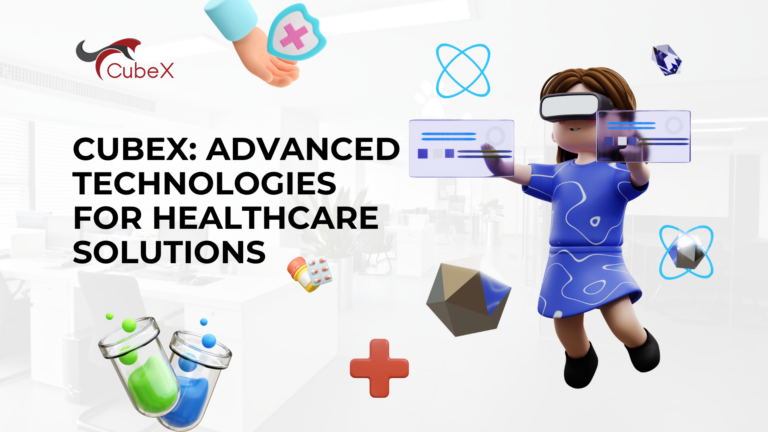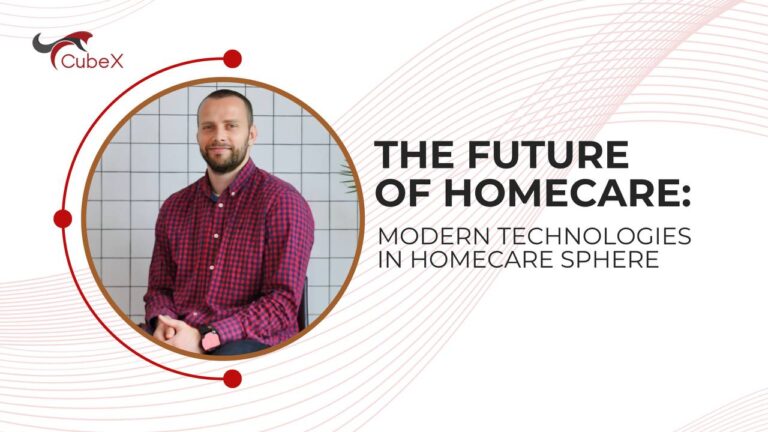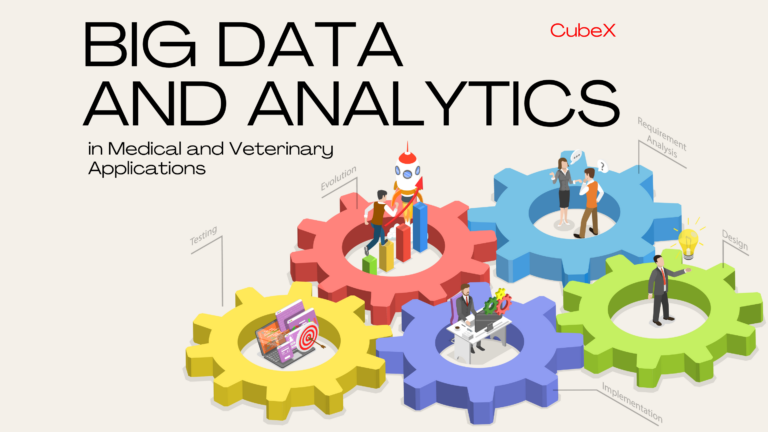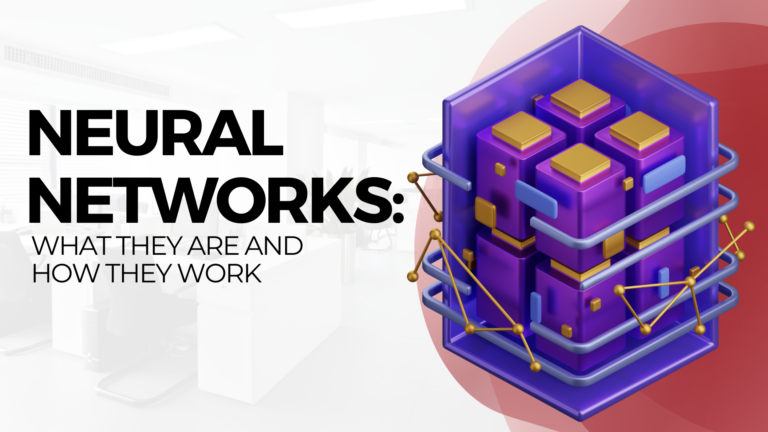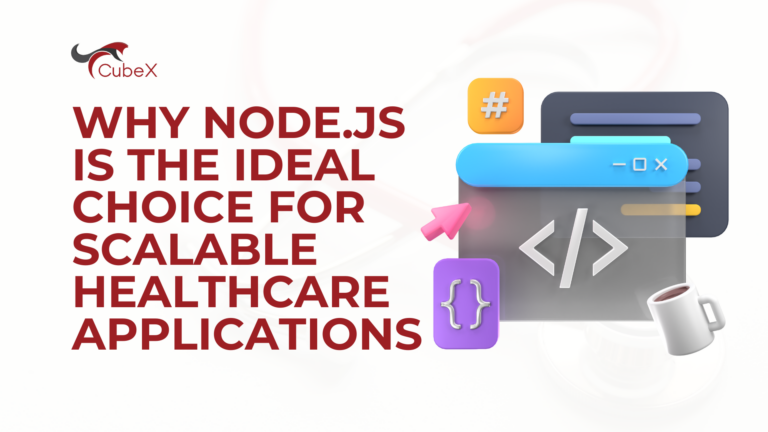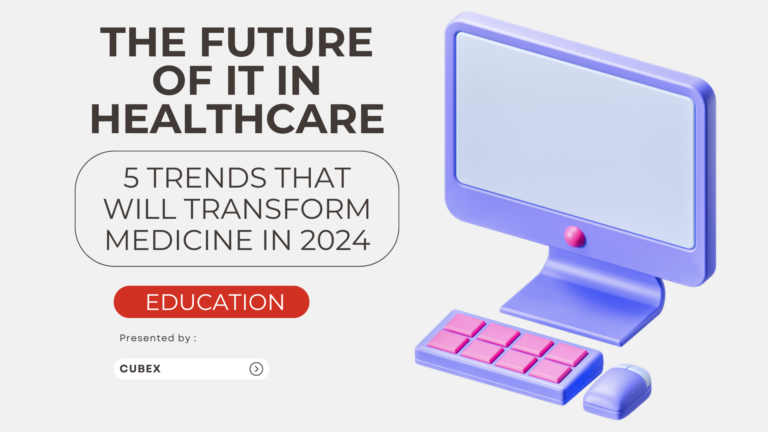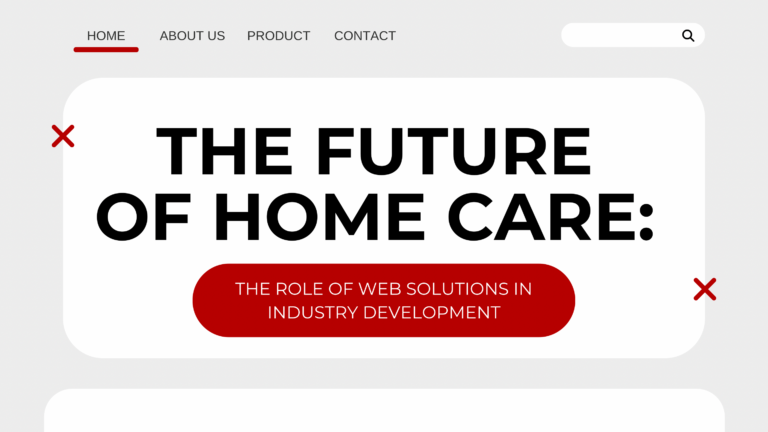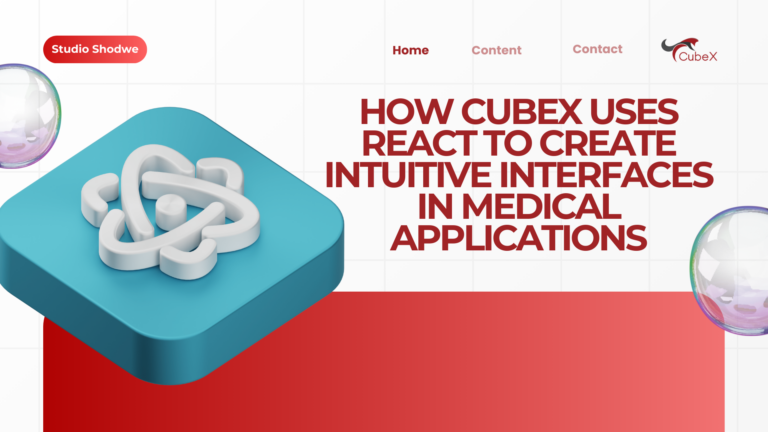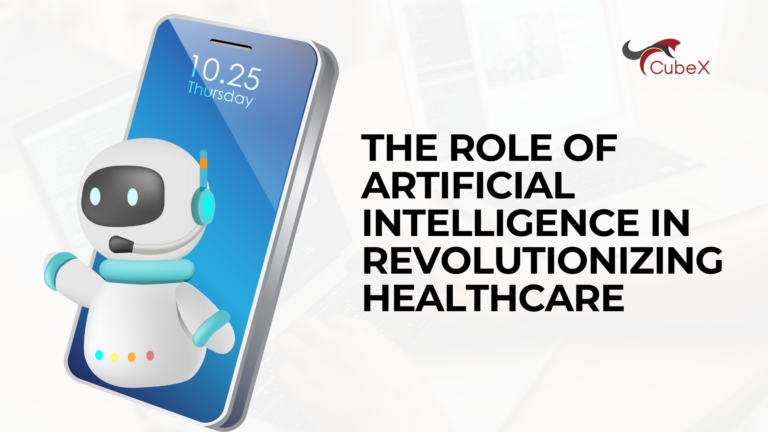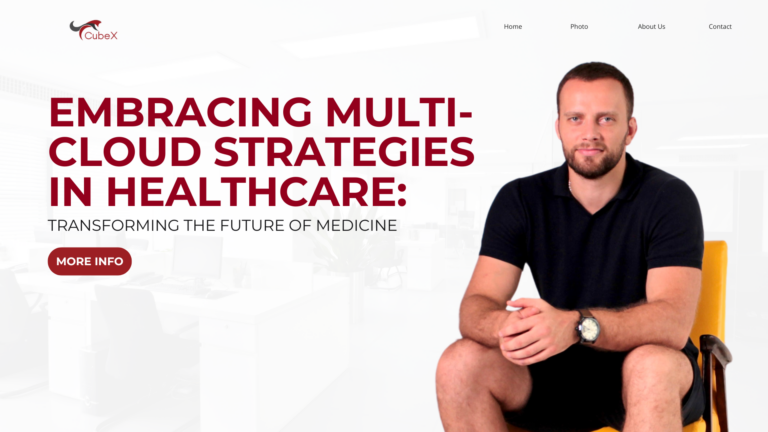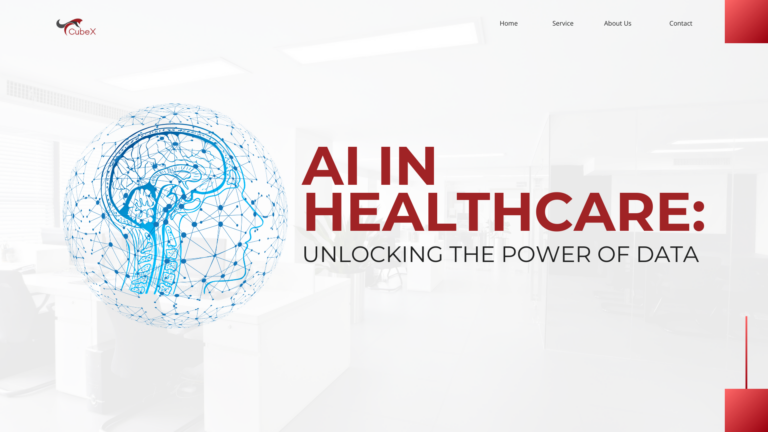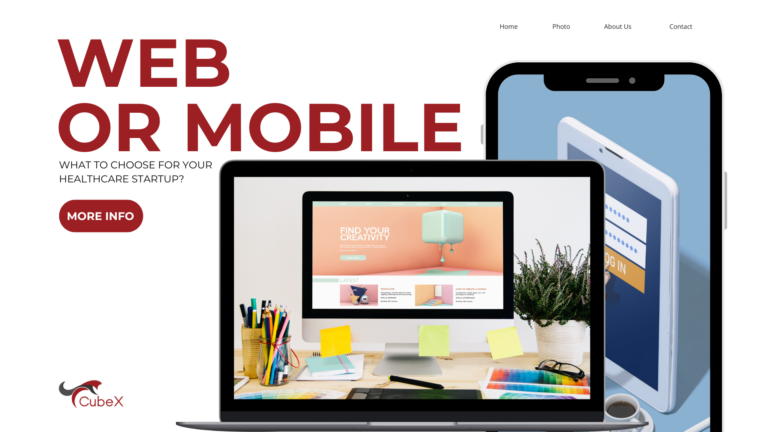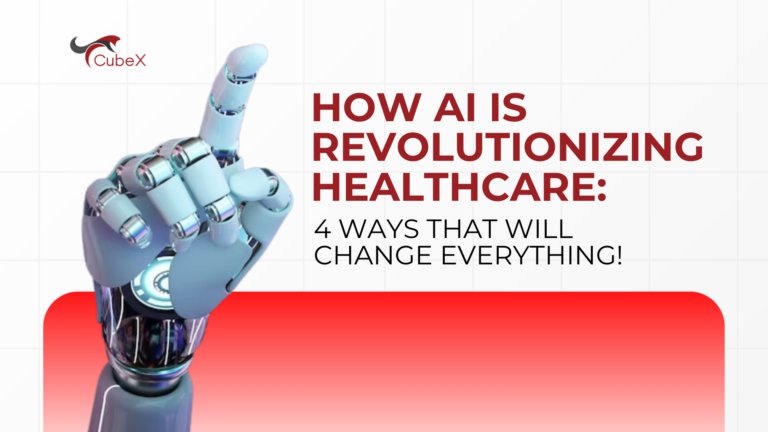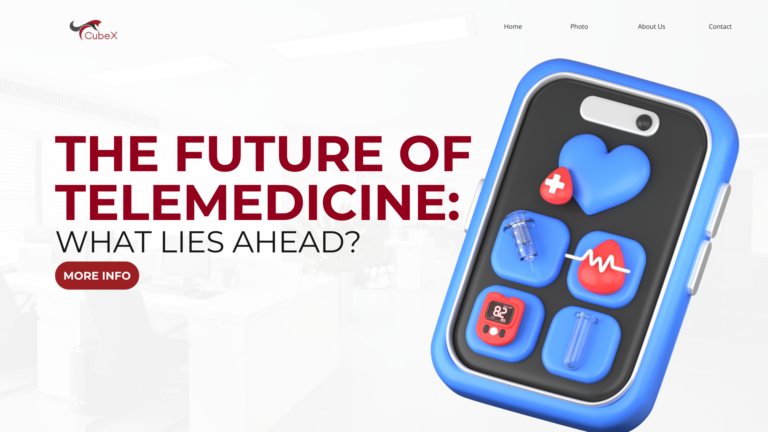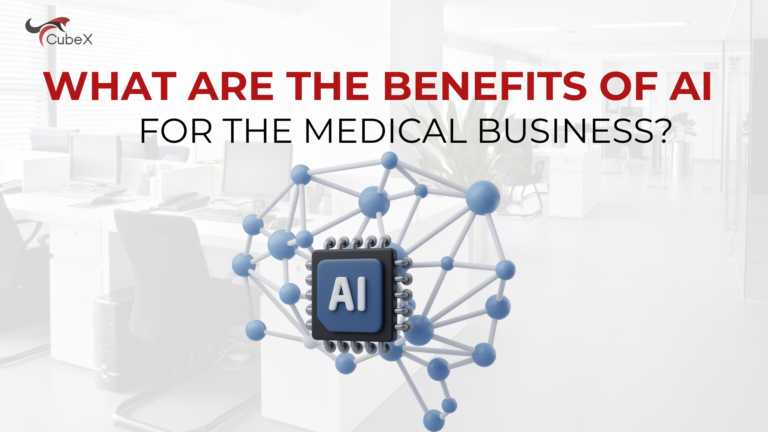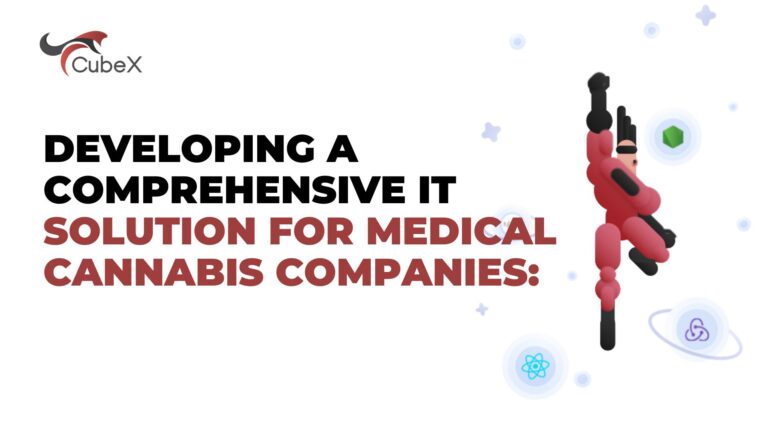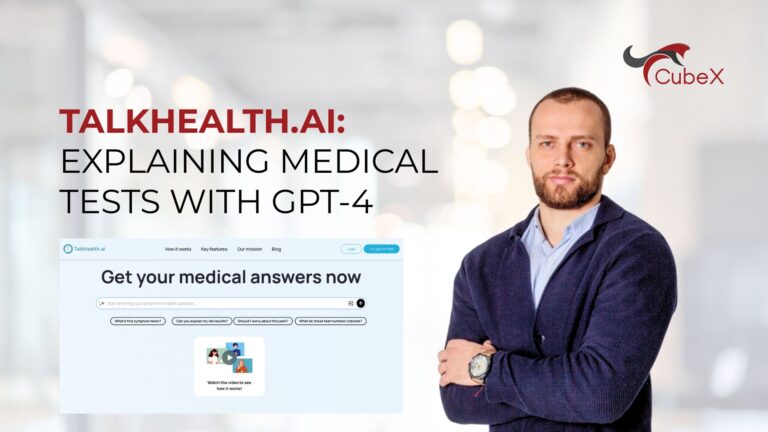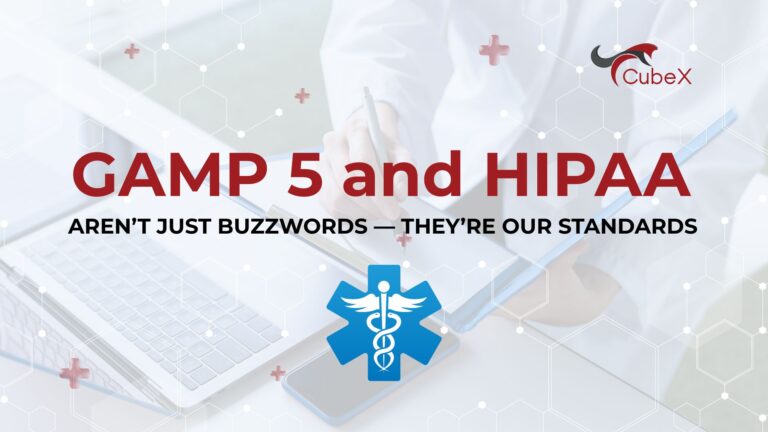Unlocking the Power of FHIR: A Comprehensive Guide for Healthcare Businesses
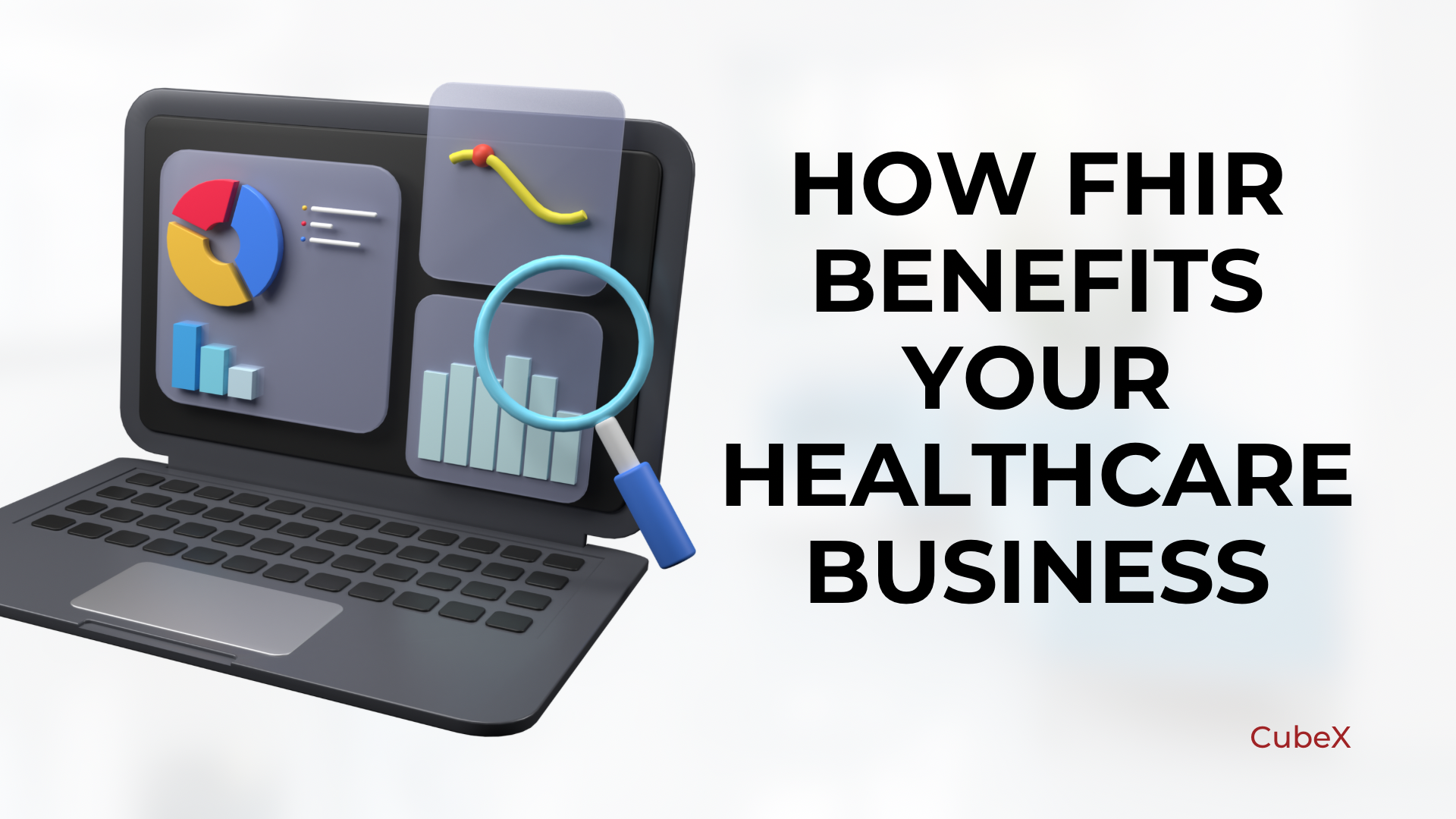
In the rapidly evolving world of healthcare technology, interoperability—the ability of different systems to communicate and work together seamlessly—is crucial. With the growing complexity of healthcare systems, the need for a standardized method of data exchange has become more urgent than ever. Enter FHIR (Fast Healthcare Interoperability Resources), a game-changing standard developed by Health Level 7 (HL7) to address these challenges. This article will explore what FHIR is, why it matters, and how implementing FHIR can benefit your healthcare business.
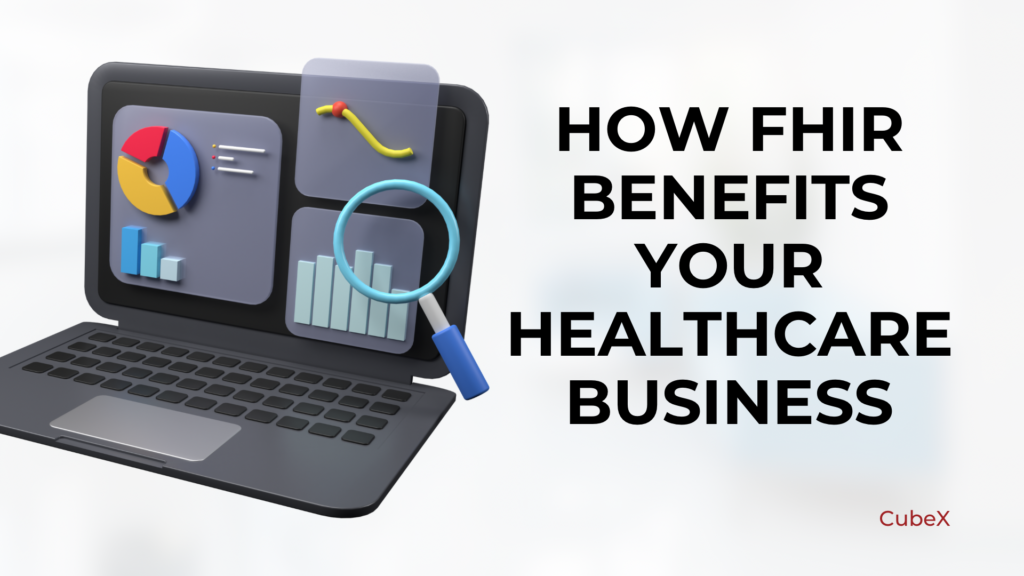
What is FHIR?
FHIR is a standard for exchanging healthcare information electronically. It was designed to be simple, flexible, and scalable, making it easier for healthcare systems, regardless of their complexity, to share data. Unlike its predecessors (such as HL7 v2 and v3), FHIR leverages modern web technologies like RESTful APIs, JSON, and XML. This approach not only simplifies the integration process but also aligns with the latest trends in software development, making it easier for IT teams to adopt and implement.
How FHIR Works: The Basics
At its core, FHIR is built around the concept of “resources.” A resource is a fundamental unit of data that represents a specific piece of healthcare information. For example:
– Patient: Contains data about an individual receiving care.
– Observation: Represents measurements or results from diagnostic tests.
– Medication: Details about medications prescribed to a patient.
Each resource is self-contained and can be linked to other resources to create a more comprehensive picture of a patient’s health. For instance, a patient’s resource can be connected to their medication and observation resources, providing a detailed overview of their medical history.
Why Your Healthcare Business Should Care About FHIR
Implementing FHIR offers numerous advantages that can directly impact the efficiency, cost-effectiveness, and quality of care provided by your healthcare business.
1. Improved Interoperability and Data Sharing
FHIR’s primary benefit is its ability to improve interoperability between disparate healthcare systems. Whether you’re operating a hospital, clinic, laboratory, or telemedicine service, FHIR enables seamless data exchange between your internal systems and external partners. This interoperability ensures that healthcare providers have access to accurate, up-to-date information, which is essential for delivering high-quality care.
2. Enhanced Patient Care
When healthcare providers have access to complete and accurate patient information, they can make better-informed decisions. FHIR facilitates this by allowing different systems to share and access data in real-time. This improved access to information can lead to quicker diagnoses, more effective treatments, and ultimately, better patient outcomes.
3. Reduced Costs and Simplified Integration
Traditionally, integrating different healthcare systems has been a costly and time-consuming process, often requiring custom interfaces and complex middleware. FHIR reduces these costs by providing a standardized approach to data exchange. Because FHIR uses widely accepted web technologies, IT teams can implement it more easily and at a lower cost compared to older standards.
4. Scalability and Flexibility
As your healthcare business grows, so does the complexity of your IT infrastructure. FHIR is designed to be scalable, making it easy to add new systems, services, or applications without disrupting existing operations. Whether you’re expanding your telemedicine capabilities or integrating new laboratory systems, FHIR provides the flexibility needed to scale efficiently.
5. Future-Proofing Your Business
The healthcare industry is rapidly adopting new technologies, from artificial intelligence (AI) to big data analytics.
FHIR is designed to integrate seamlessly with these emerging technologies, ensuring that your business stays ahead of the curve. By adopting FHIR, you’re not just addressing current needs—you’re also positioning your business to leverage future innovations.
How to Implement FHIR in Your Healthcare Business
Implementing FHIR in your healthcare business involves several key steps, from planning and integration to ongoing management. Here’s a step-by-step guide:
1. Assess Your Current Systems
Before implementing FHIR, it’s crucial to understand your existing IT infrastructure. Conduct a thorough assessment of your current systems, identifying the data flows, integration points, and potential challenges. This will help you determine the scope of the FHIR implementation and set realistic goals.
2. Choose the Right FHIR Resources
Not all FHIR resources will be relevant to your business. Identify which resources are most applicable to your operations. For example, a hospital might focus on patient, observation, and medication resources, while a laboratory might prioritize diagnostic report resources.
3. Develop or Integrate FHIR APIs
FHIR operates using RESTful APIs, which are already widely used in web development. Your IT team will need to develop or integrate these APIs into your existing systems. This step may involve working with external vendors or developers who specialize in FHIR.
4. Ensure Data Security and Compliance
Healthcare data is highly sensitive, and ensuring its security is paramount. When implementing FHIR, make sure your APIs and systems comply with relevant regulations, such as HIPAA in the United States or GDPR in Europe. This includes encrypting data in transit and at rest, managing user access controls, and conducting regular security audits.
5. Test and Validate
Before going live, thoroughly test your FHIR implementation to ensure everything works as expected. This includes validating data exchange between systems, checking for compatibility issues, and ensuring that all security measures are effective. Pilot testing with a small subset of data or a specific department can help identify any issues before a full rollout.
6. Train Your Staff
Successful implementation also depends on your staff’s ability to use the new system effectively. Provide training sessions to ensure that healthcare providers, administrators, and IT personnel understand how to interact with FHIR-enabled systems. This training should cover everything from accessing patient data to understanding the security protocols in place.
7. Monitor and Optimize
After implementation, continuously monitor your FHIR system for performance, security, and compliance. Regular audits and updates are essential to keep the system running smoothly and securely. As new FHIR standards and resources are developed, stay informed and consider how they might benefit your business.
Case Study: Real-World Benefits of FHIR
To illustrate the real-world impact of FHIR, consider the case of a large multi-specialty clinic that implemented FHIR to improve data sharing between its various departments and external partners.
Challenge:
The clinic faced challenges with interoperability between its EHR system, laboratory information system (LIS), and radiology system. These systems were siloed, leading to delays in diagnosis and treatment as providers struggled to access comprehensive patient data.
Solution:
By implementing FHIR, the clinic was able to standardize data exchange across all systems. FHIR resources were used to share patient records, lab results, and imaging reports seamlessly. This integration allowed for real-time data access, enabling faster, more accurate decision-making.
Outcome:
– Improved Efficiency: The time required to access complete patient records was reduced by 40%, allowing providers to spend more time on patient care.
– Better Patient Outcomes: With faster access to comprehensive data, the clinic saw a 15% improvement in diagnosis accuracy and a 20% reduction in treatment delays.
– Cost Savings: The clinic reduced IT integration costs by 30% compared to previous efforts using older standards.
Conclusion
FHIR is not just another standard—it’s a transformative tool that can significantly enhance the way healthcare businesses operate. By improving interoperability, reducing costs, and enhancing patient care, FHIR offers tangible benefits that can help your business stay competitive in an increasingly digital healthcare landscape.
Investing in FHIR is an investment in the future of your healthcare business. Whether you’re looking to streamline operations, adopt new technologies, or simply provide better care, FHIR provides the foundation you need to succeed.
Ready to take your healthcare business to the next level with FHIR? Contact us today to learn how we can help you implement FHIR and unlock its full potential for your organization.
Contact Us
Please contact us for any further information







